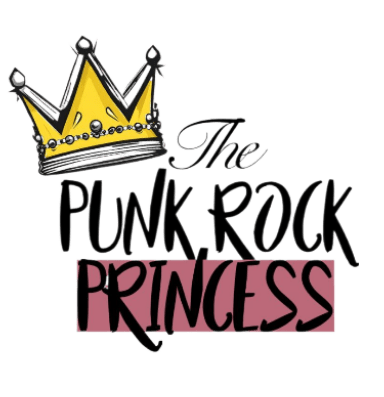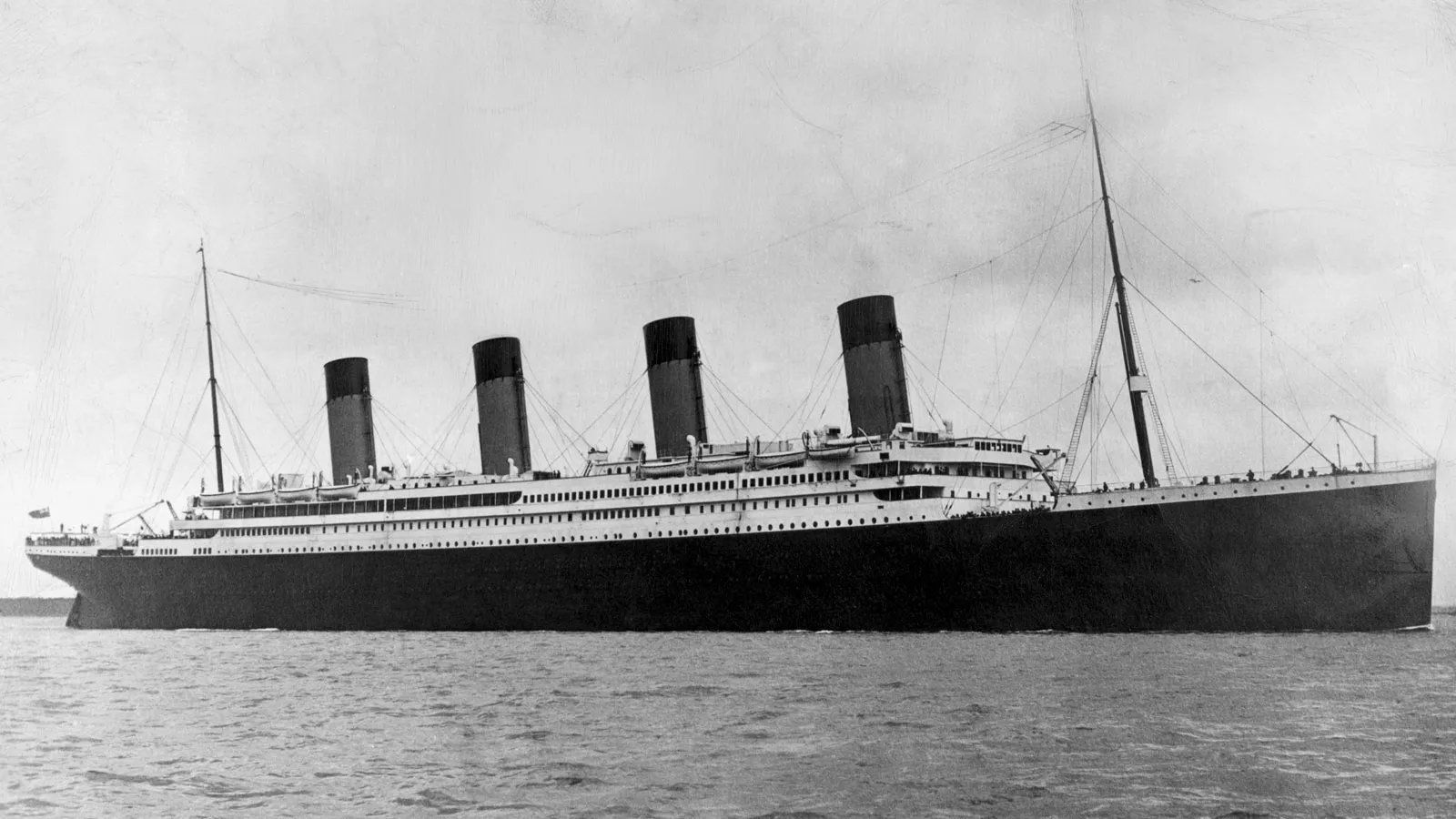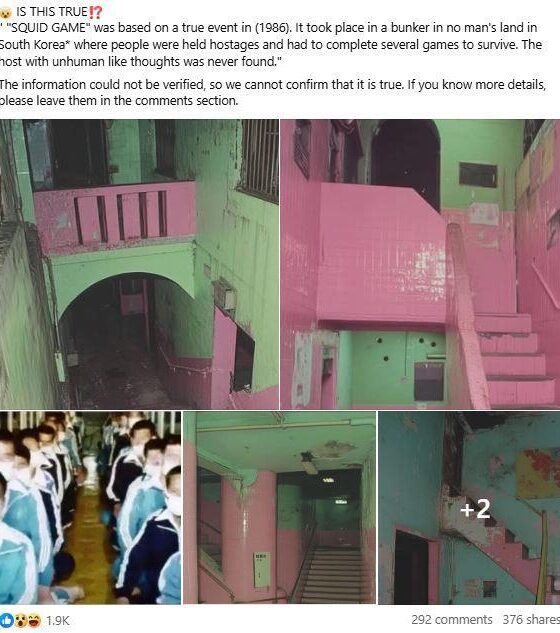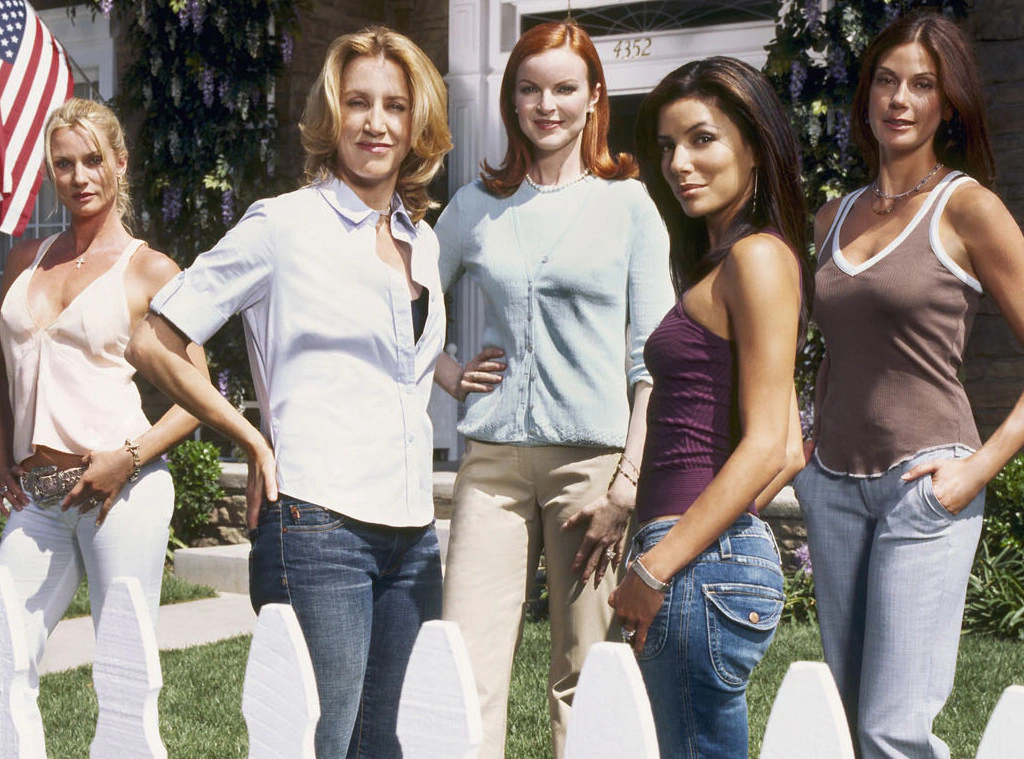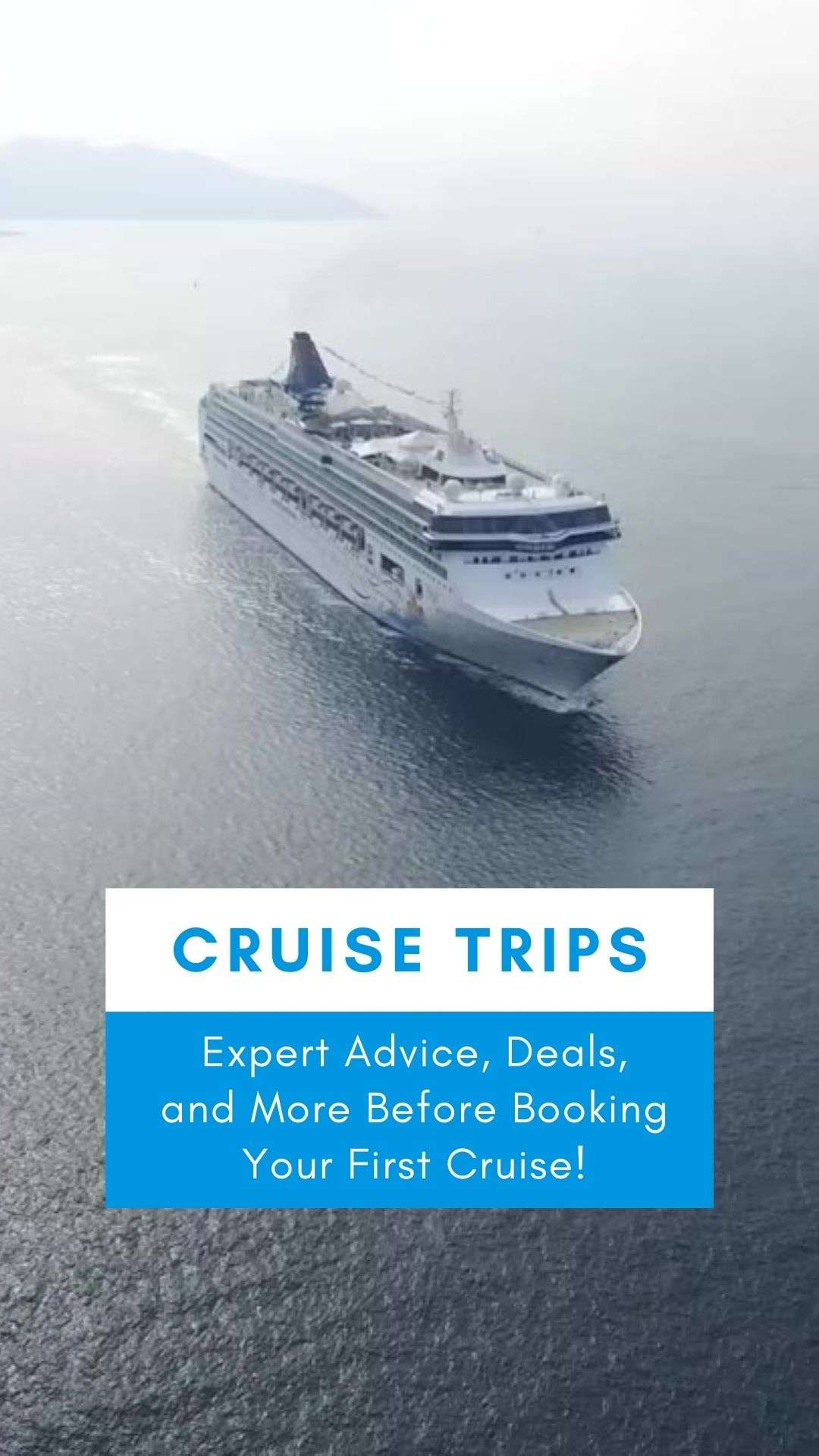Over 1,500 lives were lost in the sinking of the RMS Titanic in 1912. Among the passengers were entire families—some hoping for a new start in America, others enjoying the opulence of first-class travel. Each story reflects a slice of history marked by hope, heartbreak, and human resilience.
First-class families: privilege and loss
The Astor Family John Jacob Astor IV
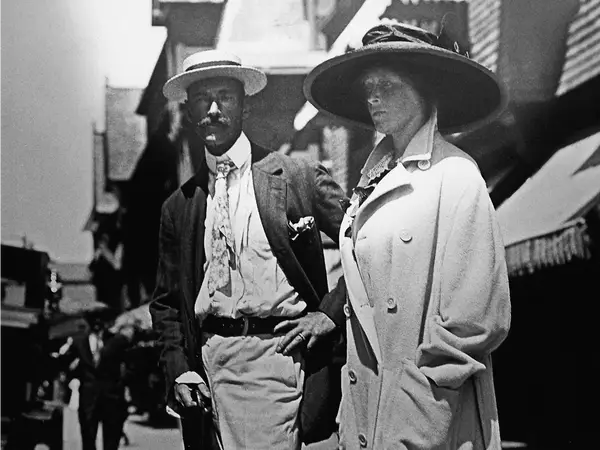
One of the wealthiest men in the world and his expectant wife, Madeleine, travelled in first class. They paid an astounding $4,350 (approximately $104,000 today) to occupy one of the most luxurious suites on the ship.
The Allison Family

Hudson and Bess Allison boarded the Titanic with their two young daughters. Only Bess survived the calamity, while her husband and children perished.
Second-class families: caught in between
The Navratil Family Michel Navratil
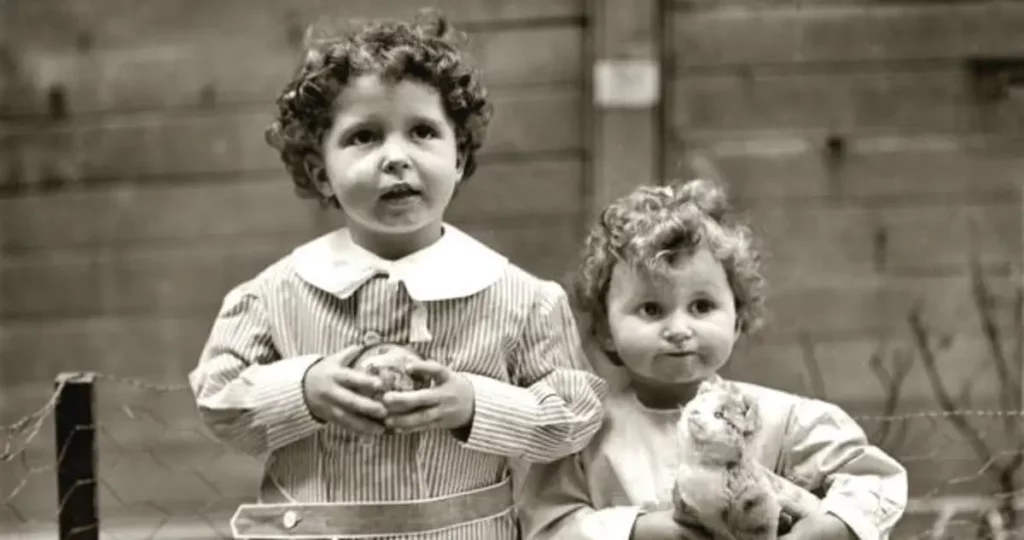
A widower and his two small sons, Michel Jr and Edmond, boarded the Titanic. He intended to start a new life in America after kidnapping his children from their mother. Despite the heroic efforts of their father to save them, both brothers perished in the sinking.
The Beanes Family

Ethel and Richard Beanes, along with their infant son, were second-class passengers aboard the Titanic. Ethel and her son survived, while Richard perished.
Third-class families: dreams and despair
The Goodwins
Frederick and Augusta Goodwin travelled with their six children, aiming to start anew in America. Tragically, none of the eight family members survived.
The Sage Family

John and Annie Sage brought their nine children aboard in third class. Only two of the children lived to tell the tale.
🔗 Related read: 10 lesser-known facts about Titanic’s construction and design
Accommodation Fees
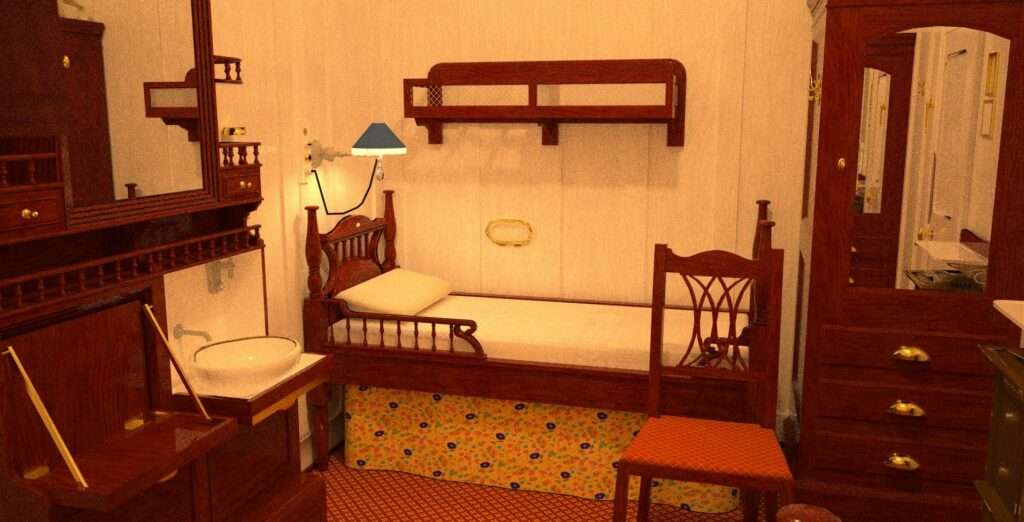
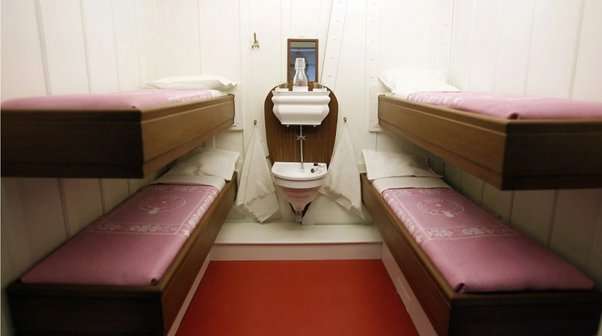
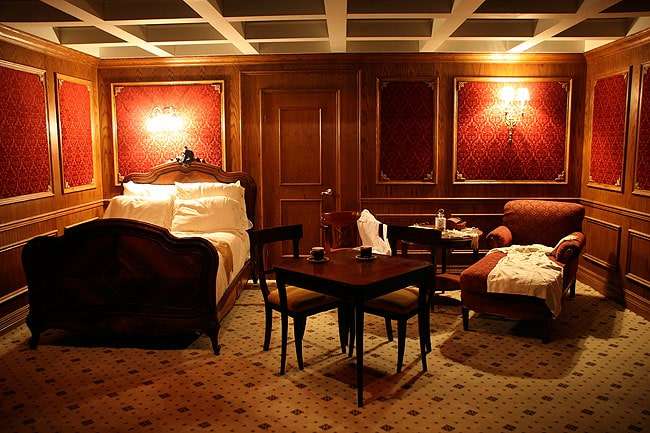
- Depending on the level of opulence and the size of the suite, first-class tickets could cost between $150 and $4,350.
- Second-class tickets ranged from $60 to $200 and offered less luxurious accommodations but still a comfortable ride.
- Third-class tickets were the least expensive, with prices spanning from $15 to $40, a reflection of the less luxurious accommodations available to passengers.
The tales of the Titanic’s passengers serve as a poignant reminder of the human tragedy that transpired on that fateful night.
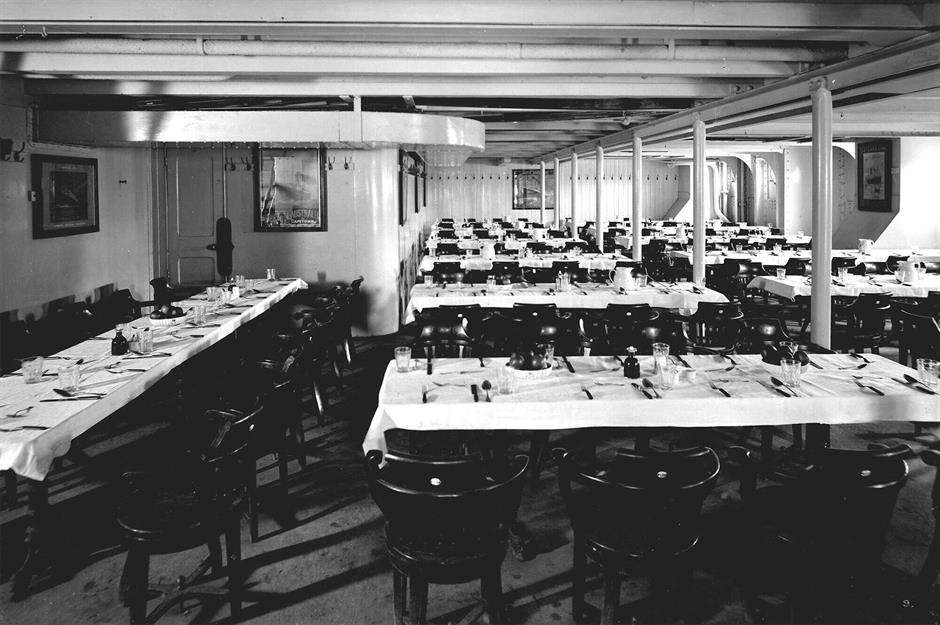
The tragic voyage of the Titanic continues to fascinate us, serving as a reminder of the significance of safety, preparedness, and the enduring resilience of the human spirit.
Inside secrets: class divides and chaos
The Titanic’s layout strictly enforced social hierarchy. First-class passengers dined in splendour, while third-class accommodations were basic. Despite claims of being “unsinkable,” the ship lacked adequate lifeboats and crew training—contributing to the chaotic evacuation.
Explore: Inside Titanic’s final hours – timeline of the disaster
What did the classes eat and drink?
While specific menus for each class on the Titanic are not widely documented, it is known that the meals and beverages served varied significantly depending on the passenger’s class. Here’s an overview of what passengers in each class might have eaten and drunk on the Titanic:
First Class
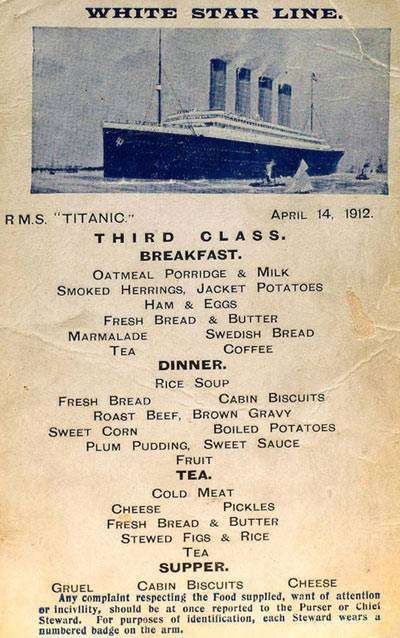
- First-class passengers enjoyed a lavish dining experience with a wide variety of gourmet dishes. They had access to multiple dining rooms and could choose from a range of exquisite options.
- They would typically enjoy oysters, caviar, roasted meats, seafood, fine cheeses, and elaborate desserts. Champagne and fine wines were also available for their enjoyment.
Second Class
- Second-class passengers enjoyed well-prepared meals, although not as extravagant as those in first class. The quality of food was still considered good.
- They might have had options like soup, roast beef, lamb, poultry, fresh fruits, and pastries. They also had access to a tea lounge for refreshments.
Third Class
- Third-class passengers had more limited food options compared to the upper classes but were still provided with nourishing meals.
- Their meals often consisted of basic fare like soup, porridge, potatoes, fresh bread, seasonal vegetables, and simpler meat dishes. They also had access to tea and coffee.
Drinks
- First-class passengers had a wide selection of alcoholic beverages available, including fine wines, champagne, and spirits.
- Second-class passengers had access to a modest selection of wines and spirits, although not as extensive as in first class.
- Third-class passengers had more limited options, with beer and non-alcoholic beverages like tea and coffee being the more common choices.
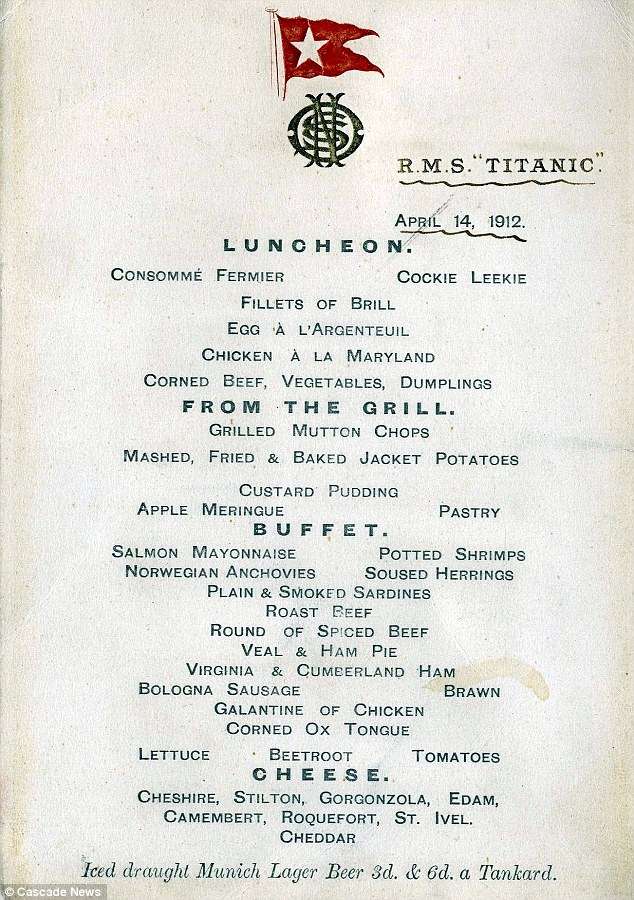
It’s important to note that specific meals and drinks would have varied each day during the Titanic’s voyage, and individual preferences could also influence the choices made by passengers.
We honour the memory of those who endured the tragic sinking of the Titanic by reflecting on the lives lost and the stories left behind.

